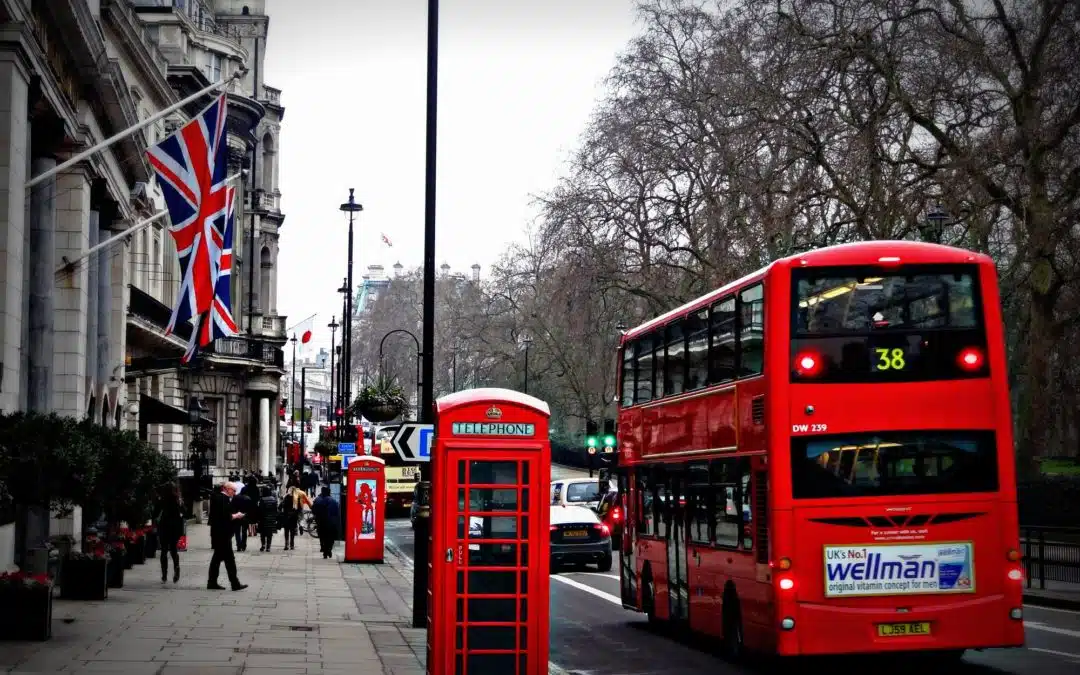Our clients frequently ask us about the consequences of Brexit (the UK’s departure from the EU) for their intellectual property (“IP”), including for their trade marks and designs. In the first of a series of articles, we outline the possible consequences of Brexit for your IP rights generally and for your trade marks, in particular.
Brexit and my Trade marks
Any person or company owning an EU Trademark (EUTM) should review its position in light of the UK’s departure from the EU in March 2019. Although the current proposal is that EUTM filings will split in two parts – a separate UK filing as well as an EUTM right covering the remaining 27 member states – in the event of a co-called “no-deal” Brexit, EUTMs would cease to have effect in the UK after 29 March 2019. Unless you already have a separate UK registration, a no-deal Brexit would mean an immediate loss of protection after this date.
Sufficient use of EUTMs
Another aspect of this relates to the “use” requirement for trade marks. To remain validly registered, an EUTM must be used in the EU for at least some of the protected products or services. There is some legal uncertainty as to what this means exactly but it seems reasonable to assume that use in the UK or in the UK + another EU state (e.g. Ireland) would be enough to defend an EUTM from a non-use attack. However, after the UK leaves the EU, a business may suddenly find that it does not have sufficient use of its EUTM elsewhere in the EU to meet the legal use requirement. In such a case, EU-wide protection could be lost.
Registered Community Design (RCDs)
A Registered Community Design (RCD) provides design protection across the EU. The types of designs which can be protected are very wide-ranging. It includes cars, toys, household appliances and, for example, decoration applied to such items of clothing and fashion items. After the UK leaves the EU, however, an RCD will no longer be enforceable in the UK. If a business designs and markets any product – from fashion to household furniture – it will need to know how to protect the designs in the UK after Brexit.
Domain names: .eu designation
If you are the company owner of .eu domain names, you should review your domain name portfolio to make sure that it is Brexit-proof. After Brexit, it is not clear whether a UK company will be allowed to own a .eu domain name. Businesses and companies with .eu domain names should review their domain names and decide whether to transfer ownership into an entity situated within the European Economic Area (the EEA currently comprises the EU, Iceland, Norway, and Liechtenstein).
Contracts
The precise impact of Brexit on contracts is likely to be dealt with in the UK/EU Brexit withdrawal agreements. In relation to IP, traders will need to know what effect Brexit will have on their IP licences and agreements. For example, what happens where an existing licence covers “the territory of the EU”? After Brexit, will that be deemed to include or exclude the UK? If a settlement agreement with a competitor provides that they agree to do one thing or not do another thing “in the EU”, will they be allowed to do that in the UK post-Brexit? It will be important too to make sure that any agreements or licences which are negotiated in the period leading up to March 2019 deal with the effect of the UK’s departure from the EU.
Acting now
The UKIPO has reported a substantial rise in the number of UK trade mark filings since the referendum in June 2016. Traders are acting now to protect their intellectual property (IP) rights rather than passively awaiting the outcome of the Brexit talks.
While it is of course hoped that the Brexit withdrawal settlement will make provision for the re-registration of European Union Trade Marks (EUTMs) and of Registered Community Designs (RCDs) before the UKIPO, the fact is that if the UK and EU should fail to reach agreement, all EUTMs and all RCDs would automatically cease to have effect in the UK after 29 March 2019. Given the potential loss of protection of EUTMs or RCDs in the UK, we are advising clients to ensure that they do not suffer any gap in protection after 29 March 2018. The best way to achieve this is to ensure you have separate UK national registration of your trade marks and designs and, at the least, UK national registration of your key brands.
Here at the Trademark Hub, we have a wealth of experience in helping the full spectrum of brand owners – from sole traders and SMEs through to multinationals – to search, protect, and enforce their brands and designs both in the UK, in Europe, and around the world. We are always happy to answer your questions, including working with you to protect your IP against the effects of Brexit, with or without a UK/EU Brexit deal.


